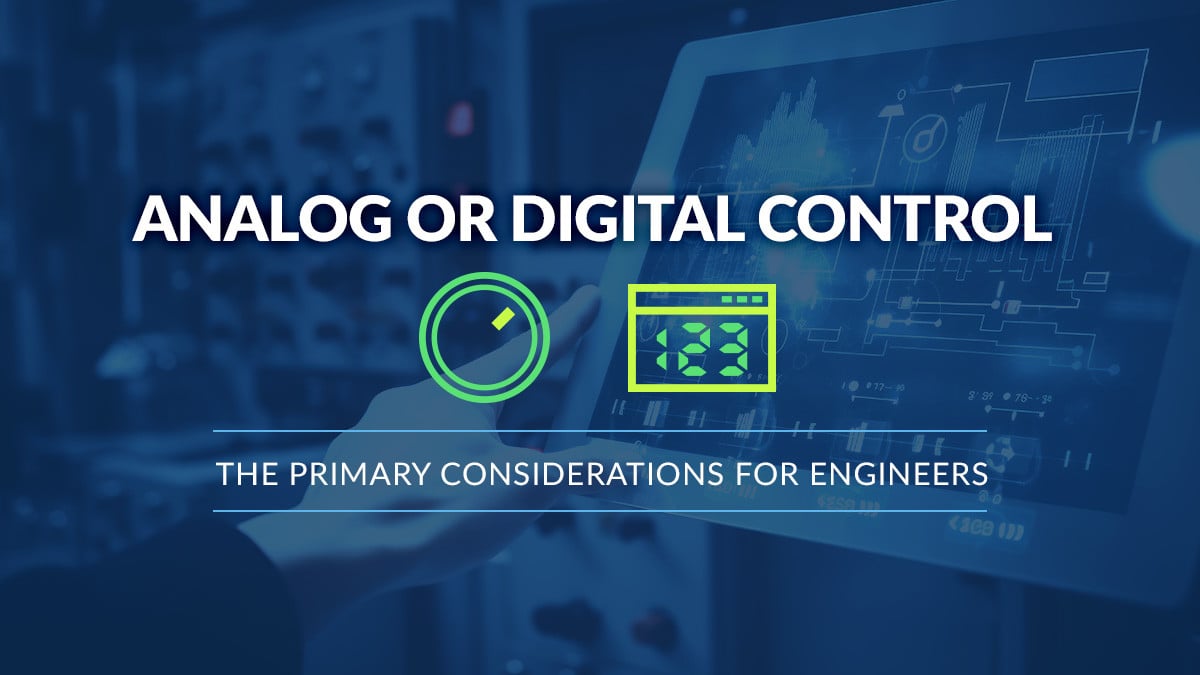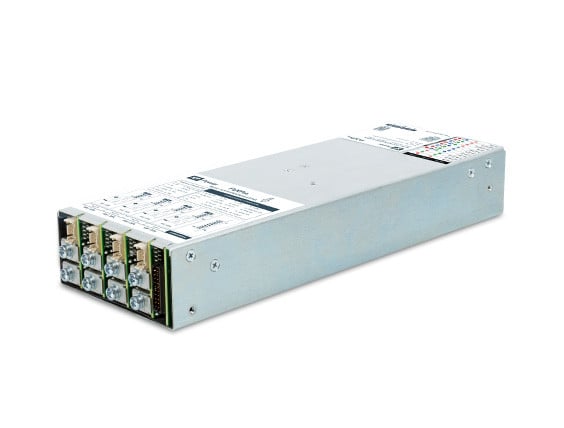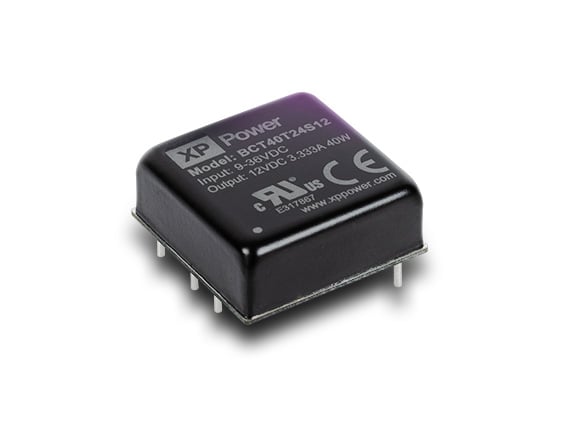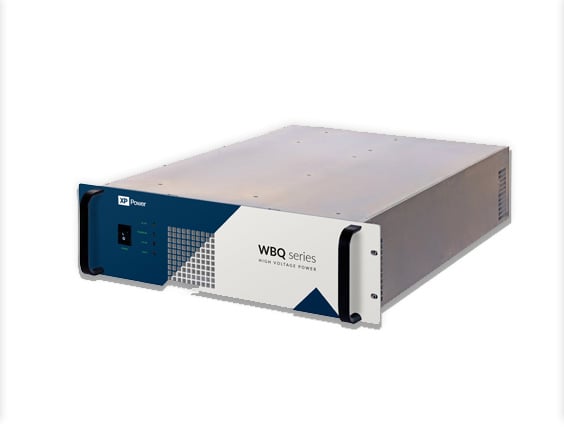
Our Technical Director makes a case for combining analogue and digital features in an efficient, multi-functional power supply design.
Overview
If you're a power supply design engineer, EE or an ESE, you'll be familiar with the analogue vs digital dilemma when selecting power solutions for your power train.
Happily, this doesn't have to be a black and white issue. There can be an excellent solution that encompasses the best aspects of both approaches.
Primary consideration for engineers
Power supplies are making their way up the food chain as a primary consideration when designing a new system. Historically, a power applications engineer used to spend most of their time trying to figure out how to fit the system power in the “afterthought” mechanical space left by the design team.
Today we find system engineers depending on the power supply to do more than just provide analog world attributes of conversion, conditioning, and protection supplies are now expected to handle power management as well. System engineers want to be able to communicate with the power supply and get real time information as well as be able to control the power supply…enter the digital realm.
Digital toolbag for long term management
Monitoring of real time information such as voltage levels, current levels, faults, alarms, and time based logging of that information gives a systems engineer the ability to maximize system run time through predictive failure analysis and minimize downtime by having more data to offer a repair engineer.
Controlling supply translates to being able to turn outputs on and off in a fixed sequence and timing, changing output parameters such as voltage and current, and optimizing cooling fan speeds for noise minimization and fan life.
Although the monitoring and control can be achieved through analog means, we find that going to our digital tool bag is often a more practical in terms of design, support, implementation, and long term management of the power system. When you start to consider signals and control in multiple domains such as level and time, and optimizing those domains to meet your specific needs, you can see that changing firmware is much more manageable than dialing in resistor values during initial system evolution. Digital management literally allows for a vendor to email you a new file for upload to the monitoring and control chip to see if your new configuration works. If not, go right back to the old configuration and create another one. No change to hardware means faster integration and lower cost of integration.
Analog & digital living in harmony
The dawn of digital in power supplies initially focuses on the PWM and the main switching control of the supply. Although being able to digitally change and monitor critical core parameters of the supply seemed appealing at first, we have found that the benefits that come with a digital “heart”, in most cases, are not justified when weighed against the complications associated with a DSP design. Analog is still king when it comes to the core power conversion… it’s tried and true, trusted in the industry, more readily available, and has shorter design cycles and “bugs” when it comes to new product releases. We also want some of the benefits we discovered on our digital design journey, so we have held on to those, but on a secondary level of monitoring and control. The root alarm and control circuits are analog, but the interface to those circuits are filtered thought a digital layer that gives us the best of both worlds.
They may be a time where DSP becomes the norm, but for now, the way I see it, analog is going to be around for a while….but living in harmony with the digital benefits power management systems are begging for in todays marketplace.
To help you with your next project - Download The Essential Guide To Power Supplies - offering an invaluable resource and all the information you'll need in one easy reference guide.








